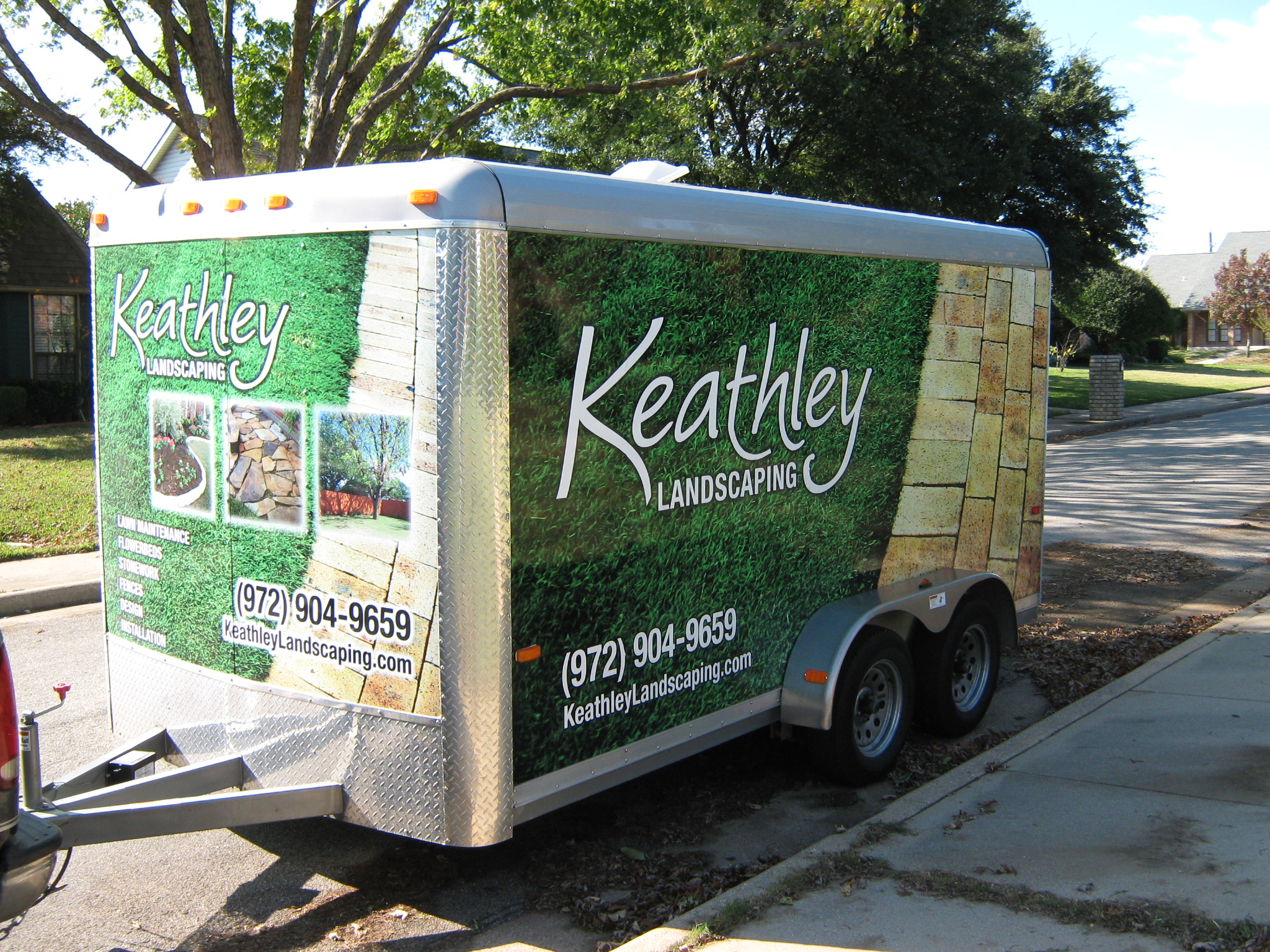Sod Types Explained: Which is Best for Your Region?
Choosing the right type of sod for your lawn can be a daunting task, especially if you’re not familiar with the different varieties available. With the right sod, your lawn can thrive and become the lush, green oasis you desire. In this comprehensive guide, we’ll explore various sod types, provide insights on their suitability for different climates, and help you decide which sod is best for your region.
Understanding Sod: A Brief Overview
Sod, also known as turf, is grass and the part of the soil beneath it held together by its roots. It is grown on farms and sold in pieces, making it a popular choice for instant lawns. Choosing the right type of sod involves understanding your region’s climate, soil, and sunlight conditions.
Warm-Season vs. Cool-Season Grasses
Grasses are typically categorized into two main groups: warm-season and cool-season. Understanding these categories can help you determine the best choice for your region.
Warm-Season Grasses
Warm-season grasses thrive in temperatures ranging from 80 to 95 degrees Fahrenheit. They grow actively in the warm months and go dormant in cooler temperatures. Some popular warm-season sod types include:
- Bermudagrass: Known for its drought tolerance and rapid growth, Bermudagrass is ideal for southern climates. It requires full sun and regular maintenance to remain lush.
- St. Augustine Grass: This grass is well-suited for coastal regions with sandy soil. It tolerates heat and humidity but requires consistent moisture and care.
- Zoysia Grass: Zoysia is a versatile grass that can handle a variety of soil types and moderate shade. It’s highly drought-resistant, making it a great option for regions with water restrictions.
Cool-Season Grasses
Cool-season grasses grow best in temperatures from 60 to 75 degrees Fahrenheit. They remain green year-round in cooler climates. Common cool-season sod types include:
- Kentucky Bluegrass: Known for its luxurious texture and rich color, Kentucky Bluegrass is a favorite in northern climates. It requires well-drained soil and regular watering.
- Perennial Ryegrass: This grass is quick to germinate and provides an instant green lawn. It’s ideal for cooler climates but needs frequent mowing and irrigation.
- Fescue Grass: Fescue is adaptable to a range of conditions, including shade and drought. It has a deep root system, making it resilient in various climates.
Choosing the Right Sod for Your Region
When selecting sod, consider your region’s climate, soil type, and available sunlight. Here are some tips to help you choose the best sod for your area:
Northern Regions
For regions with cold winters and moderate summers, cool-season grasses are ideal. Kentucky Bluegrass and Fescue are popular choices due to their adaptability and year-round color.
Southern Regions
In warmer climates, warm-season grasses like Bermudagrass and St. Augustine thrive. Their ability to withstand high temperatures and humidity makes them suitable for southern lawns.
Coastal Areas
For areas with high salt content in the soil and air, such as coastal regions, consider Zoysia or St. Augustine grass. These varieties are resilient to salty conditions and require less maintenance.
Soil and Sunlight Considerations
The type of soil and amount of sunlight your lawn receives also play crucial roles in determining the best sod type. Here’s what to consider:
Soil Type
Conduct a soil test to understand its pH and nutrient levels. For sandy soils, consider St. Augustine or Zoysia. For clay-heavy soils, Bermudagrass or Fescue might be more appropriate.
Sunlight Availability
Most sod types require full sun, but some can tolerate partial shade. For lawns with limited sunlight, consider Fescue or Zoysia, known for their shade tolerance.
Installation and Maintenance Tips
Proper installation and maintenance are critical to ensure your sod thrives. Here are some actionable tips:
Installation
Prepare the soil by removing debris and leveling the surface. Lay sod pieces tightly together to prevent gaps. Water immediately after installation to encourage root growth.
Maintenance
Regularly mow your lawn to the recommended height for your sod type. Water deeply and infrequently to promote deep root growth. Fertilize according to the grass species and soil needs.
Conclusion: Finding Your Perfect Sod
Choosing the right sod type is essential for creating a vibrant and resilient lawn. By understanding your region’s climate, soil, and sunlight conditions, you can select a sod variety that will flourish in your environment. Whether you opt for a warm-season or cool-season grass, proper installation and maintenance will ensure your lawn remains a beautiful and sustainable part of your home landscape.
Remember, the ideal sod for your region is one that complements your local climate and your personal lawn care preferences. With this guide, you’re well on your way to achieving the perfect lawn.





































Recent Comments